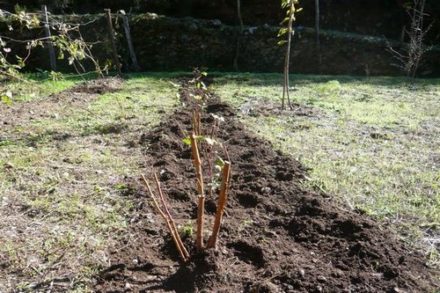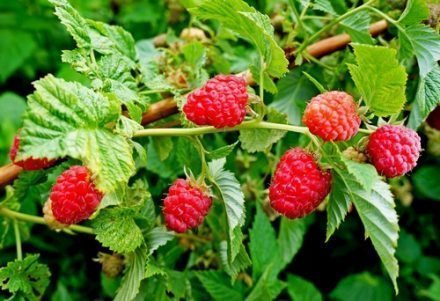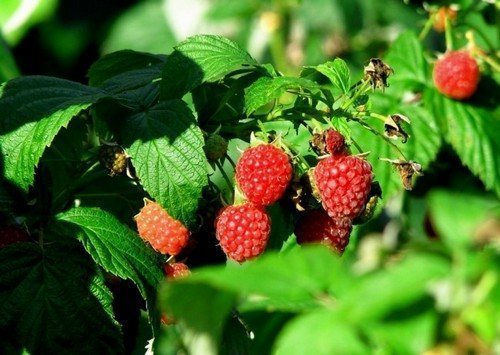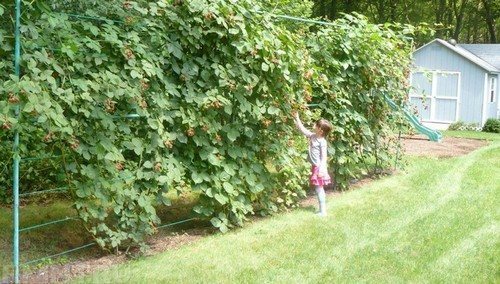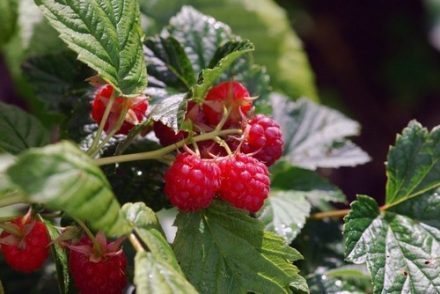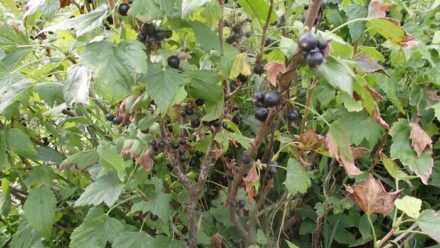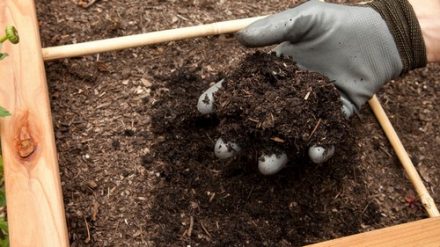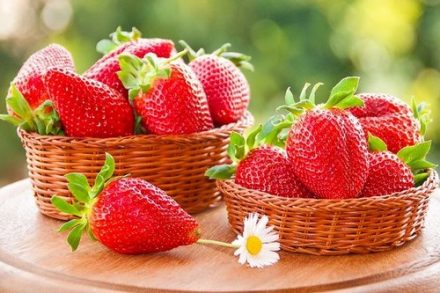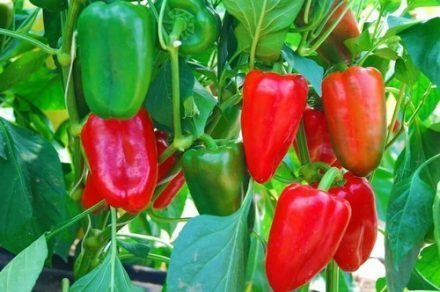Pruning raspberries after fruiting has ended is the key to a good harvest next year.
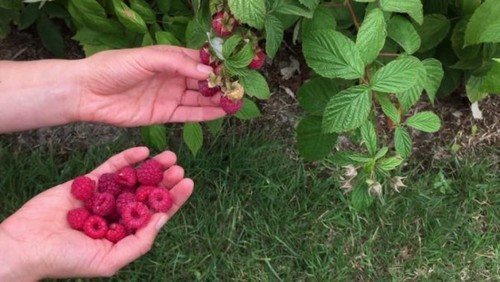
A few words about the plant: a subshrub whose rhizome has a large number of adventitious roots. From them in the spring, stolons emerge, which give rise to new shoots.
The bush consists of young shoots and two-year-old stems. Fruiting in remontant raspberries begins immediately in the first year, while in ordinary raspberries only in the second season.
Pruning after fruiting to form a new bush
The bush is formed from 3–4 of the most powerful shoots, and the rest are cut out as they appear. The cuts are made underground, at a depth of approximately the size of a matchbox (5 cm).
Attention! If the stems have begun to bear fruit, this means that they are no longer growing either in thickness or in length.
Shoots that bear fruit in the summer are no longer needed. After the fruit branches dry out, they stop growing and begin to dry out, turning into dead wood by autumn. That is why they are cut down to the ground after the final berry picking.
This technique creates favorable conditions for laying the harvest for the next year.
Pruning remontant raspberries after fruiting
Fruiting of remontant raspberries occurs immediately after the final formation of the bush on annual stems. Berries form on the tops of young shoots.
There are two trimming options:
- Mowing down to the ground. They cut out the branches, leaving nothing behind.In this case, next year’s harvest will not only be abundant, but also with harmonious taste.
- Trimming the fruit-bearing upper parts of the stem. New shoots appear from the lateral dormant buds, which are also capable of producing a harvest this season. It should be noted that in this case the berries will be in September, and in the southern regions in early October. Their berries will be much smaller and not so sweet.
Which method to choose is up to everyone to decide for themselves.
Pruning regular raspberries
On the fruiting stem, the main part of the buds are fruit buds. The highest quality buds, which produce maximum yield, are located in the middle of the non-lignified stem. Even a little closer to the top.

The tops of such raspberries are cut off by 12–15 centimeters. The cut should take place at a large, fully formed fruit bud.
Sanitary pruning after fruiting
This technique prevents plantings from thickening and eliminates diseased, mechanically damaged stems.
You should remember one more law for pruning raspberry bushes: when removing shoots, there should be no stumps!
Secateurs for work are pre-disinfected to prevent infection by viruses and fungi through open cuts.
The plantation is always restored through root suckers.
Timely pruning prevents depletion of the bush, the berries grow large and fragrant.


